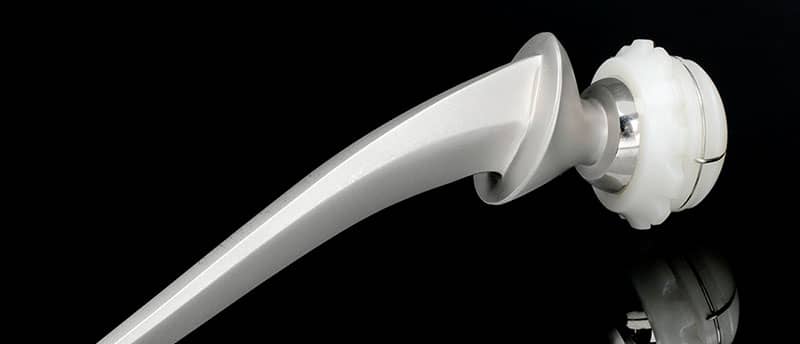This post was contributed to ConsumerSafety.org by Jennifer MacCormack.
FDA Issues New Medical Device Regulations

Five years after releasing an initial draft, the U.S. Food and Drug Administration (FDA) just issued a final guidance document that outlines the regulations around postmarket surveillance of medical devices. The document is intended for manufacturers of these devices. It will help them to interpret and comply with federal law regarding device safety and monitoring.
Before medical devices of any kind can be made, marketed, and sold for use in a patient population, device manufacturers must first get approval from the FDA via lengthy petitions. The burden of safety and effectiveness testing varies depending on the classification of the device (class I, II, or III) which is assigned by the FDA based on the risk that a malfunction could cause to a user or recipient. For example, dental floss is considered to be a Class I device, because there's very little risk involved with its use. An artificial heart valve, because it's implanted inside the body and keeps a person alive, is classified as a Class III device.
How the FDA Regulates Medical Devices
Because of the potential harm to patients from certain types of devices, the FDA requires manufacturers to continue monitoring of their devices long after they are sold or used. The extra scrutiny is mandatory for any "Class II or Class III device the failure of which would be reasonably likely to have serious adverse health consequences, which is intended to be implanted in the human body for more than one year, or which is a life-sustaining or life-supporting device used outside a device user facility."
This "postmarket surveillance" can also be triggered by any specific concern that the FDA has about a medical device, no matter what the device's class. This can happen after the FDA audits the manufacturer's records and finds discrepancies, or after patient injuries are reported. The ordered surveillance could consist of monitoring failure or injury rates of the devices, or an ongoing study of how the device performs against others already on the market, depending on the type of device and the FDA's specific concerns. When the FDA decides that action is necessary, it issues an order known as a "522" to the device manufacturer, and the manufacturer must comply with that order within 15 months or risk withdrawal of FDA approval.
Unfortunately, the initial draft of the guidance document, released five years ago, was often difficult to interpret. It was criticized by many within the medical device industry for being vague about the types of devices that were subject to routine postmarket surveillance, and what a manufacturer must do to properly comply with a 522 order. The vagueness of the guidance for such a long period of time may ultimately lead to the development and marketing of devices that can cause health problems or even put lives at risk.
The newly revised guidelines make a manufacturer's responsibility much clearer, which will mean a safer medical device market for patients. It will standardize reporting of device-related medical adverse events, and allow the FDA to continually monitor device performance in applied clinical practice, in addition to the carefully-controlled clinical studies that are already taking place before devices get to market.
Working with the New Postmarket Surveillance Guidelines
The revised guidelines detail what information must be contained in a surveillance plan submitted to the FDA in response to a 522 order. Manufacturers must outline the design of their plan and explain how data will be collected, analyzed, and interpreted. They must include information such as:
- A description of the device.
- The patient population being studied.
- The expected adverse events and complications they will track over the course of the surveillance.
Manufacturers must also include methods for obtaining patient consent, if necessary, and provide a timeline with clear milestones for the study.
Especially helpful for babies and toddlers, the guidance document also clarifies how the rules apply specifically to Class II and III devices that are used in pediatric populations. It clearly defines pediatric patients as "patients who are 21 years of age or younger at the time of diagnosis or treatment, that is, from birth through the twenty-first year of life, up to, but not including the patient's twenty-second birthday." Any device that is expected to be used with such groups of people - not only those that are labeled for pediatric use and marketed for use by or in children - may be subject to surveillance periods exceeding 36 months (3 years). Additionally, the FDA may order a postmarket surveillance plan be implemented before it awards approval or clearance for the device.
Clarifying the rules around device surveillance is an important step that is expected to help keep everyone who uses medical devices safer. It's unfortunate that it took five years for the final document to be released, but now all manufacturers are following the same rules with little room for differing interpretations. Removing legal gray areas and improving postmarket surveillance means that dangerous devices will be caught more quickly - hopefully before anyone is injured.
